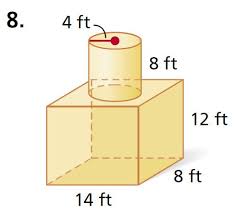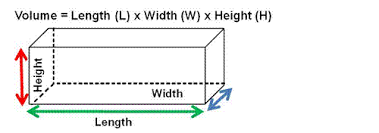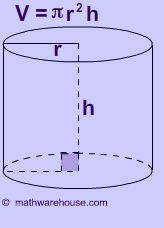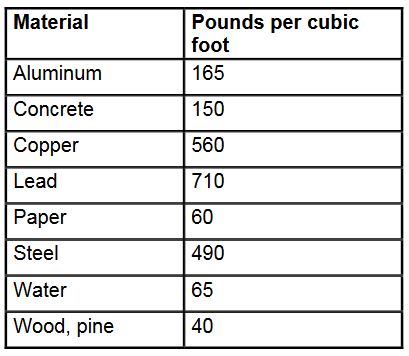  
Estimating Load Weight
For most items in a laboratory setting, the weight can be best estimated from the shipping weight of the item.
It is better to overestimate the weight then to underestimate it.
Some items can be looked up in tables such as weights of metal tubing, rods, or I-beams.
More complex items can be estimated by volume and material.
A complex shape can be broken down into one or more rectangular or cylindrical shapes. The volumes of the shapes can be added together to
give the total volume of the object.
Once the volume of the object and the material is known,
the weight can be calculated.
Breaking an item into composite shapes:

This items consists of a rectangular prism and a cylinder.
The volume of the rectangular prism is given by:

For our example, this would be 14X8X12 or 1344 cubic feet.
The volume of a cylinder is given by:

For our example this would be 3.14 X 42 X 8 or 402 cubic feet. Adding these together gives a total volume of 1746 cubic feet.
Next we need to know the material and look up the weight per unit volume:

For our example if the object is made of steel, the weight would be
1746 X 490 or 855,000 lbs or 428 tons.
|